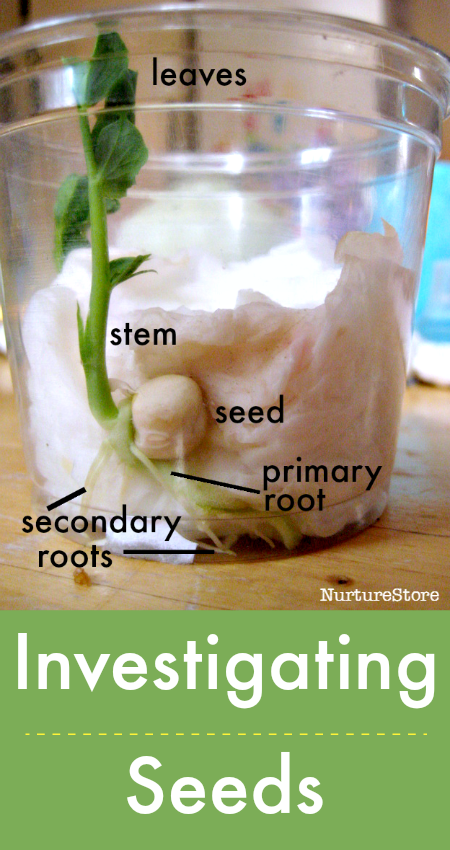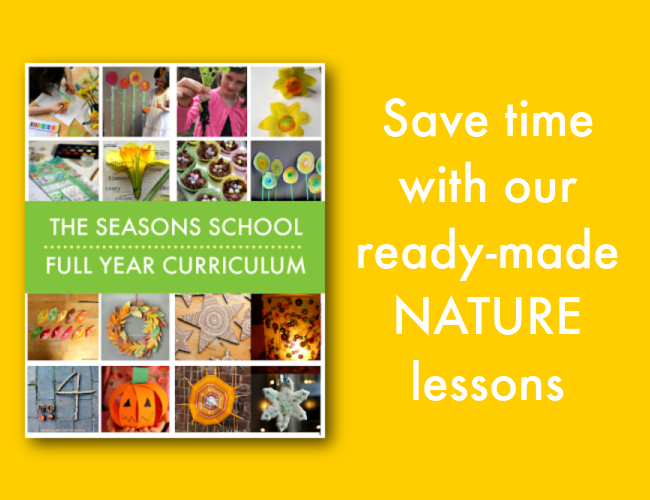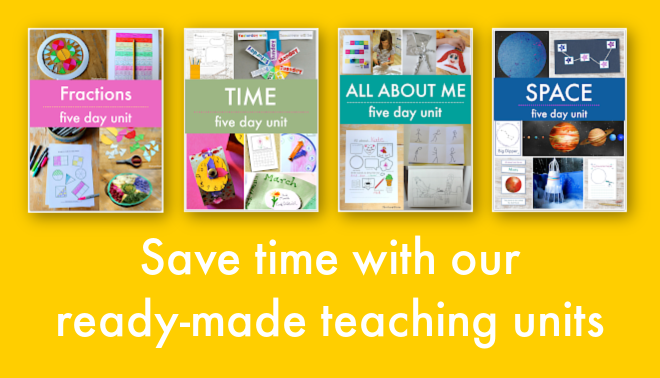In this lesson we’ll be learning about seeds, talking about how they grow, and investigating seeds with our senses.
Save time with our ready-made nature lesson plans
The best and easiest way to teach great seasonal lessons is to use our ready-made nature curriculum, Seasons School.
This ready-made nature curriculum gives you everything you need to teach an engaging program based on the seasons and natural world, including:
- a complete program of lessons for spring, summer, autumn and winter based on gardening and nature
- ready-made lesson plans for a balanced program of learning covering math, literacy, science, art and craft, and sensory and imaginative play
- teaching themes include Spring, Summer, Autumn, Winter, Seeds & Shoots, Daffodils, Sunflowers, Apples & Pumpkins, Leaves & Twigs, and Ice & Snow
- creative, hands-on, practical projects for your children to enjoy
- materials lists and step-by-step lesson plans that make it so easy to teach
- full colour photographs of real student projects for every lesson plan
- bonus printables to make your teaching even easier
- everything planned for you, so you can enjoy it as much as your children do
See more and get your copy of Seasons School here and you’ll be all set to teach this great curriculum.
Investigating seeds spring nature study
Do you remember the video we watched of the chicken embryo growing inside its egg (in the Spring Unit of our Seasons School nature curriculum)? A seed is a plant embryo, inside its own protective covering.
We’re planting some seeds this week to grow our own spring garden. Let’s use our senses today to explore them and make some notes in our nature journals.

You will need:
:: a selection of seeds – you can use a few of the ones you are planting this week, or the pips from an apple, orange or lemon
:: a magnifying glass or microscope if you have one
:: your nature journal
:: pens, pencils, paints
:: your eyes, nose, ears and fingers!
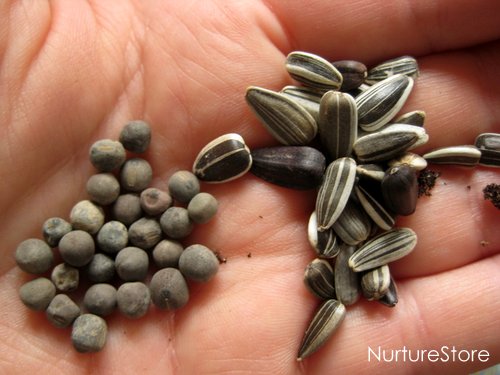
Seed observation
Let’s use our senses to investigate our seeds.
Take a good, close look at them – you can use your nature journal to draw each seed and make some notes. You might like to record what you find out in a table.
What shape is your seed?
What colour is it?
Does it have an markings on it?
Does it smell?
What does it feel like? Is it smooth or textured?
Can you peel off the outer casing of your seed and have a look inside?
Can you think of any seeds that you like to eat? My children love sunflower seeds and hazelnuts.
How are seeds like animal embryos? What are the differences between the two?
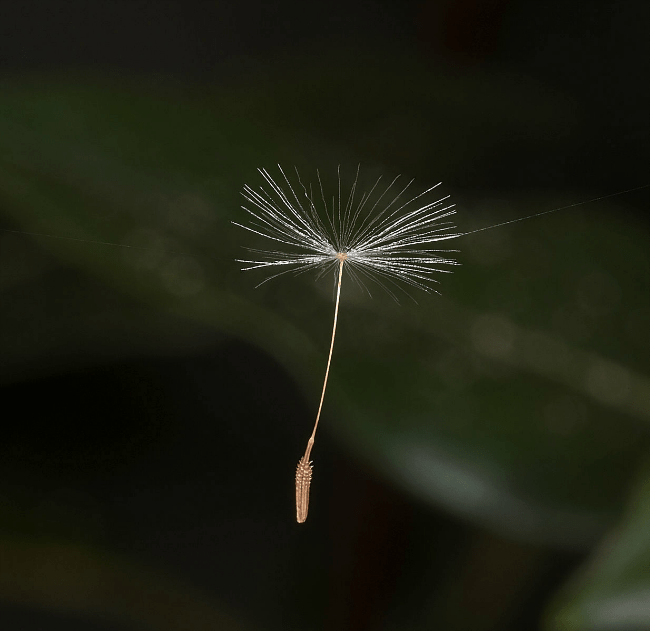
One difference is that animals can fly, walk, slither or swim to find a great place for them to live. Seeds can’t! Seeds need to have a different way to move to a good location to start growing. Can you think of the different ways seeds do this?
Some seeds use the wind, like the dandelion seeds that float off on the breeze when you blow on dandelion clocks.
Some seeds use water, floating on rivers and the sea to get to other beaches. The largest seed in the world uses water to travel. It’s called the coco de mer and it can weigh up to 20kg and measure 30cm in length. That’s a lot bigger than the seeds you’re looking at today.
Some seeds hitch a ride on animals. Burdock and dock do this, using barbs or hooks to attach on to animal fur or feathers, to travel with the animal.
Next: learn how to plant seeds and observe them as they grow with our guide in the Spring Unit of our Seasons School curriculum.
Save time with our ready-made nature lesson plans
The best and easiest way to teach great art lessons is to use our ready-made nature curriculum, Seasons School.
This ready-made nature curriculum gives you everything you need to teach an engaging program based on the seasons and natural world, including:
- a complete program of lessons for spring, summer, autumn and winter based on gardening and nature
- ready-made lesson plans for a balanced program of learning covering math, literacy, science, art and craft, and sensory and imaginative play
- teaching themes include Spring, Summer, Autumn, Winter, Seeds & Shoots, Daffodils, Sunflowers, Apples & Pumpkins, Leaves & Twigs, and Ice & Snow
- creative, hands-on, practical projects for your children to enjoy
- materials lists and step-by-step lesson plans that make it so easy to teach
- full colour photographs of real student projects for every lesson plan
- bonus printables to make your teaching even easier
- everything planned for you, so you can enjoy it as much as your children do
See more and get your copy of Seasons School here and you’ll be all set to teach this great curriculum.


